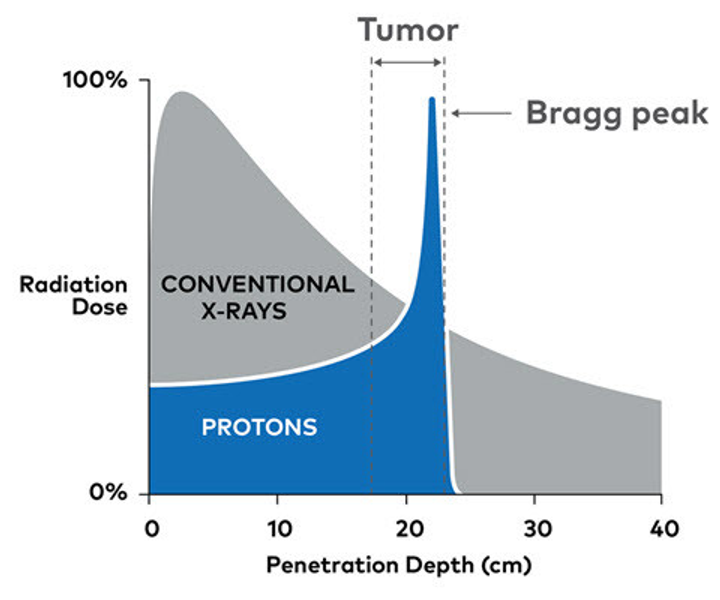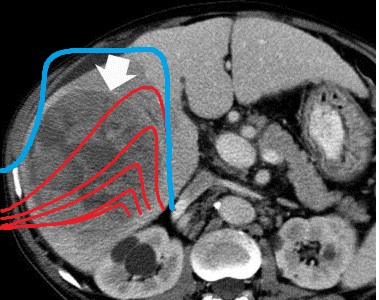- SAM RO
- 0 Comments
Proton radiation therapy is a cancer treatment that uses beams of protons, rather than traditional X-rays, to precisely target and deliver higher doses of radiation to tumors while minimizing damage to surrounding healthy tissues.
Proton therapy is often used in the treatment of certain types of cancers, especially when precise targeting is crucial and minimizing damage to surrounding healthy tissues is a priority. It is commonly considered for tumors located near critical organs, in pediatric patients, and in cases where conventional radiation therapy may pose a higher risk of side effects.
X-rays or photons are used with advanced technologies such as IMRT and VMAT. Electrons are small negatively-charged particles that are mainly used for tumours near the skin. Proton beam therapy also uses charged particles and have a higher energy than electrons, hence tumours deeper than the skin can be treated.

Proton therapy uses a phenomenon known as the “Bragg peak”. Bragg Peak is a distinct property of protons. Multiple proton beams with different energies are grouped together to form a shape that conform to the tumour. After penetrating through normal tissues in our body, the proton beams deposit their energy into the tumour and stop travelling distally beyond the target.

As such, when treating tumours near sensitive organs like the liver and brain, there is sparing of normal liver tissue beyond the intended tumour.


The Ministry of Health Singapore has a list of conditions that can be claimed from Medisave/Medishield.


